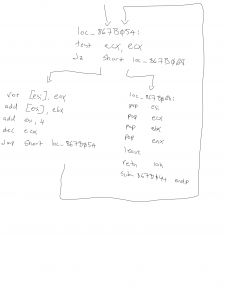Lululemon Athletica Inc. Website down for 24 hours
I have witnessed various retailers go down for half an hour or so (Bestbuy on Black Friday sales is very common), but never did I see a MAJOR retailer go down for 24 hours. The message that lululemon.com was showing for 24 hour span was:
We are usually awesome at this. Please don’t refresh your browser. You’ll be back in the flow shortly.
There was no word from the company on what exactly occurred. They use the largest CDN provider Akamai, the same provider that Apple uses. Akamai is known to be the top content delivery network provider, therefore I would assume that the issue was not with them. Even if your cloud storage or a dedicated server was to go down, recovering from back-up shouldn’t take longer than 30 minutes. The assumption here is that the dedicated server or cloud did go down and that the back-up they had was corrupt. Or they had major issues restoring form the original backup and had to resort to their secondary off-shore storage. I assume they have more than 1 backup location that they use. These are all assumption. Maybe their administrator went away for the long weekend. We really don’t know.
The moral of the story is, make sure your back-ups are not corrupt and that you are capable of recovering from a disaster within a 3o minute span especially in today’s technological advances of cloud storage.



